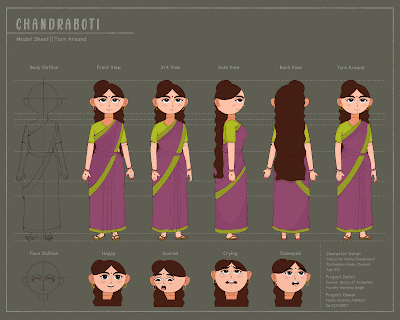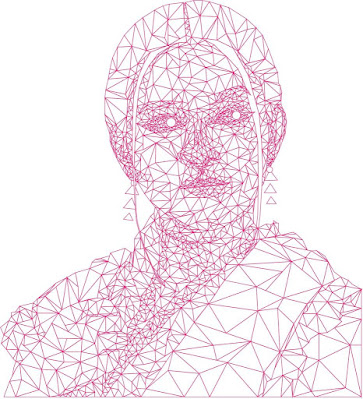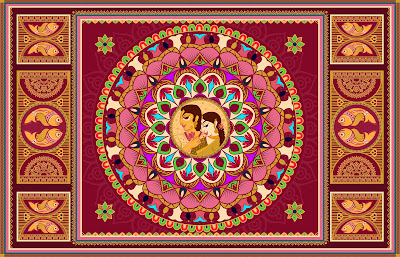 |
| Model Sheet(Chandra)_Susmita Adhikari |
- A model sheet in animation is a reference guide that provides a detailed and consistent visual representation of a character or object. It is an important tool for animators and artists to maintain consistency in the design and movement of a character or object throughout a project.
- The purpose of a model sheet is to establish a set of design standards that all animators and artists working on a particular project can refer to. A model sheet typically includes front, side, and back views of a character or object, along with details on color, proportions, and other design elements.
- Model sheets serve as a reference guide for animators and artists to ensure that the character or object is drawn or animated consistently across different scenes and episodes. They also help to maintain continuity and consistency in the animation, making it easier for the audience to recognize and identify the characters.
In summary, the purpose of a model sheet is to establish a
consistent and recognizable visual style for a character or object in
animation, providing a reference guide for artists and animators to maintain
consistency throughout a project.





















